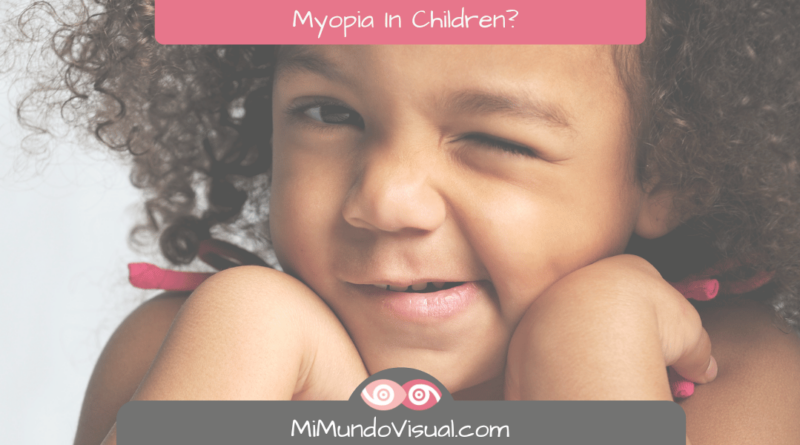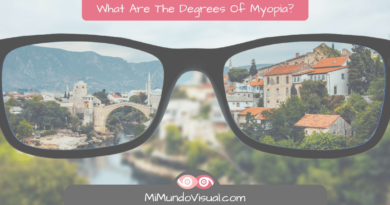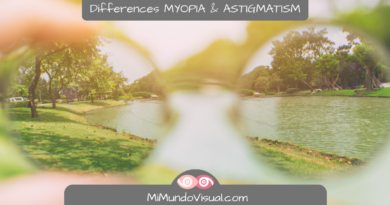How Do I Know If My Child Has Myopia?
Table Of Contents
How do I know if my child has Myopia if children are often unaware that they do not see well?
To learn more about Myopia in children and figure out how we can know if our child has Myopia.
We will discuss Myopia’s symptoms, what causes Myopia in children, and how this visual defect develops.
Early detection of any visual alteration in our children’s first years of life is essential to treat it as soon as possible. We, therefore, recommend regular eye examinations.
Myopia Symptoms
How Do I Know If My Child Has Myopia?
Some symptoms can help us detect Myopia, for example:
- if our child squints,
- blinks very hard,
- rubs his eyes too much,
- covers one eye,
- has difficulty recognizing objects that are far away,
- gets too close to objects,
- has a headache regularly or
- has problems at school and when reading.
- Imagine our child telling us they do not see the blackboard well from their desk.
- We notice how they get too close to books when reading or doing homework,
- They sit too close to the television when watching their favorite series or cartoons, their school or sports performance has worsened, or he lacks interest.
The main symptom of Myopia is a blurred vision of objects at a far distance.
Causes Of Myopia In Children
What Causes Myopia in Children?
Although children whose parents have Myopia are more likely to also be nearsighted, it is not an absolute fact, and it is still not entirely clear what causes Myopia.
Some experts believe there is a relationship with our modern lifestyle. Where work at close range, indoors (sometimes without adequate light), and long hours behind computers and other electronic devices are prevalent.
Other visual defects such as amblyopia, strabismus, or cataracts can cause Myopia by not allowing the eye to see clearly.
Development of Myopia in Children
How Does Nearsightedness Develop?
Myopia is an ametropia, a common refractive defect, where the child’s eye is larger than normal.
Myopia can also develop when the cornea is too curved. This has a negative impact on the child’s ability to see distant objects.
It is normal for nearsightedness to increase during adolescence and then begin to stabilize in the early twenties.
The development of Myopia begins with increasing visual demand, which is associated, according to scientific evidence, with the level of schooling and activities that take place close up, such as reading or writing.
From primary school onwards, children have more tasks to perform in near vision and spend more time inside the classroom.
And this fact increases even more in high school, when adolescents increase their academic load, have less time for outdoor extracurricular activities, and are associated with increased (and excessive) use of new technologies.
Myopia is determined by genetics and the child’s environment.
The increase in the incidence of Myopia in recent times is related to changes in children’s behavior: the time they spend doing outdoor activities in daylight and the increase in the number of hours spent in front of the screens of their electronic devices.




